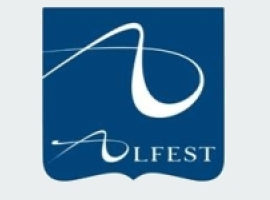François Lebigot : Psychiatre, Professeur agrégé du Val de Grâce.
Texte paru in Revue Francophone du Stress et du Trauma, 2006, Tome 6 N°2, pp. 71-77.
Résumé : Le transfert est le moteur d’une psychothérapie psychodynamique, comme il est le moteur d’une psychanalyse. Dans les deux cas, il s’instaure automatiquement, indépendamment de la volonté du patient comme du thérapeute. Ce qui crée des devoirs à l’un comme à l’autre. Dans le cas d’une névrose traumatique, il doit être maintenu dans son versant positif au moins tant que persiste une symptomatologie créée par l’effraction traumatique. Le transfert, « l’amour de transfert » comme le précise Freud, se construit sur un désir de savoir (Lacan), savoir qui est supposé au thérapeute, mais qui est à la fois détenu et à construire par le patient. Au cours des séances de psychothérapie, sans bien s’en rendre compte, le sujet pointe la place qu’occupe l’image traumatique, comme objet de complétude, c’est-à-dire objet d’angoisse et de jouissance illicite. Il lui reste à restaurer ce vide originaire, à retrouver le chemin de la castration et du désir. Trois vignettes cliniques illustreront ce parcours, qui a été celui du petit enfant entrant dans le langage par sa confrontation à l’Autre, confrontation qui se renouvelle ici avec le transfert.
Abstract : The course of trauma in transfer. The transfer is the engine of a psychodynamic psychotherapy, as the engine of a psychoanalysis. In both cases, it is established automatically, independently of the patient’s will as the therapist. Creating duties to one as to the other. In the case of a traumatic neurosis, it must be maintained in its positive side at least as a symptomatology persists created by the break-traumatic. Transfer, « transference love » as Freud says, is built on a desire to know (Lacan), who is supposed to the therapist, but is both owned and built by the patient. During psychotherapy sessions without properly realizing the tip about the place of the traumatic image, as an object of completeness, that is to say subject to anxiety and illicit enjoyment. It remains to restore the originally empty, to regain the path of castration and desire. Three clinical vignettes illustrate this course, which was that of a little child entering the language by its confrontation with the Other, which is renewed confrontation with the transfer here.


